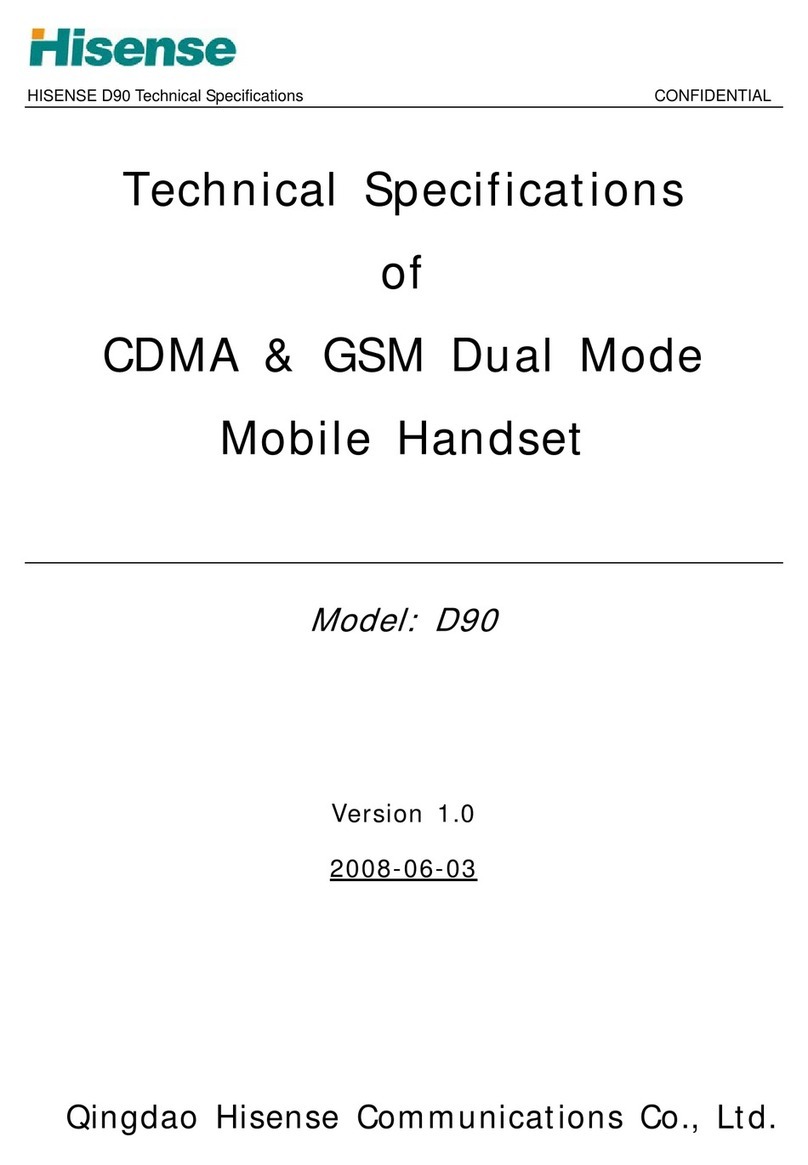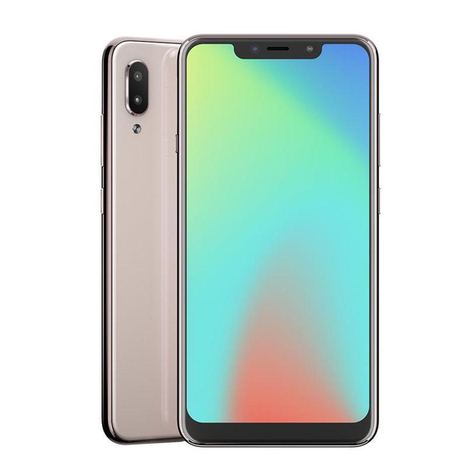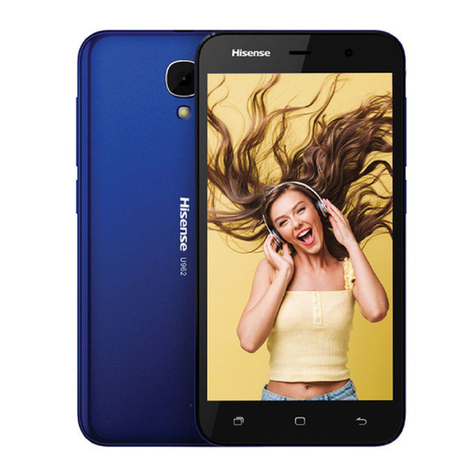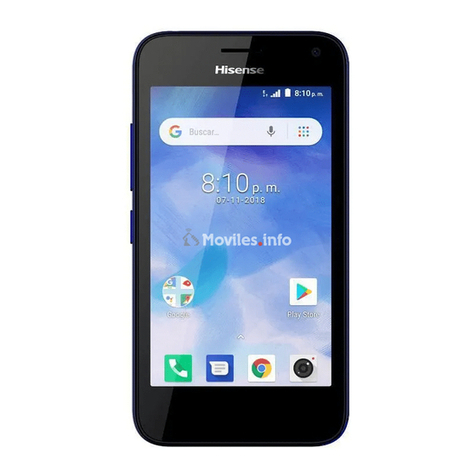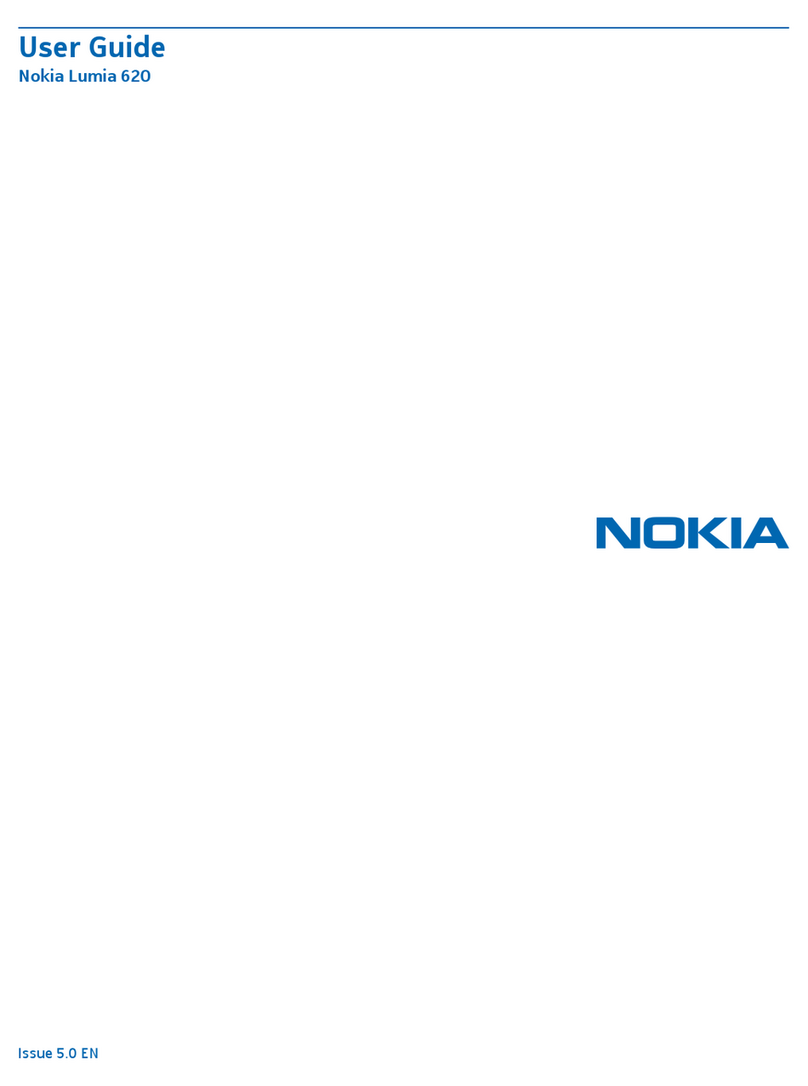Hisense V40i User manual
Other Hisense Cell Phone manuals
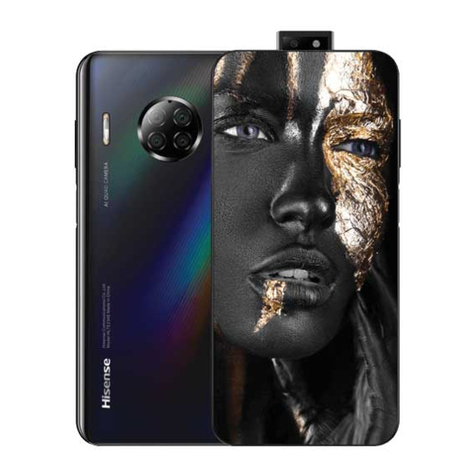
Hisense
Hisense Infinity H50 ZOOM User manual

Hisense
Hisense T963 User manual
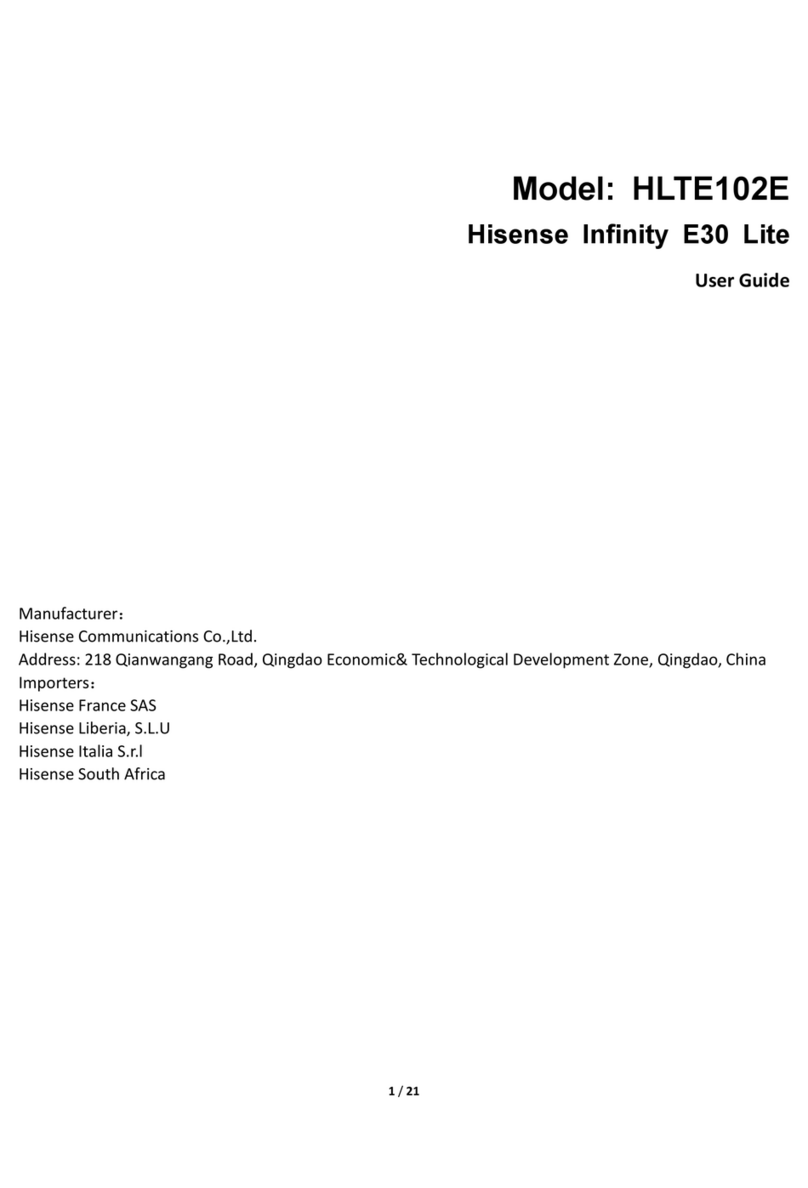
Hisense
Hisense HLTE102E User manual

Hisense
Hisense F102 User manual
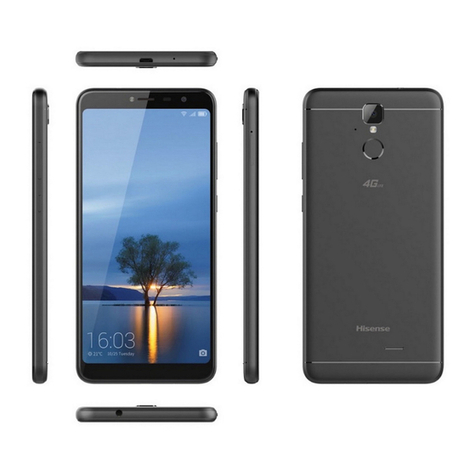
Hisense
Hisense F24 User manual
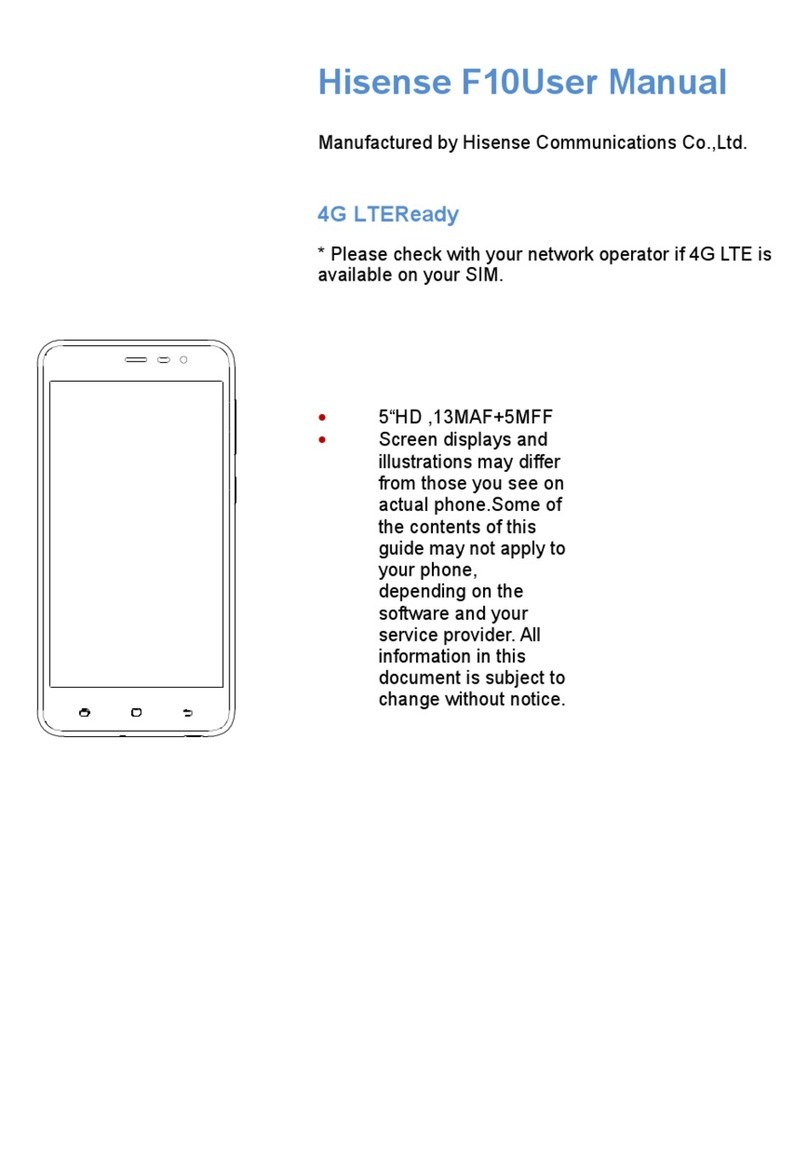
Hisense
Hisense F10 User manual

Hisense
Hisense H60 Smart User manual

Hisense
Hisense E50Lite User manual
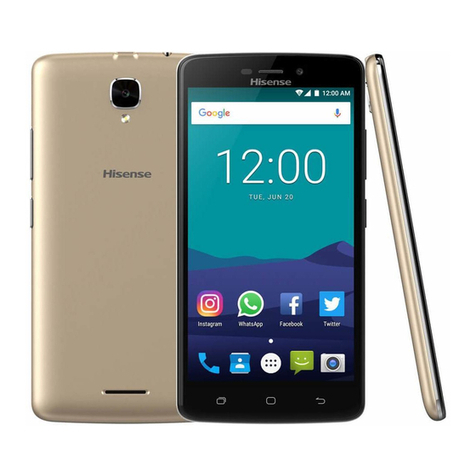
Hisense
Hisense T5 Plus User manual
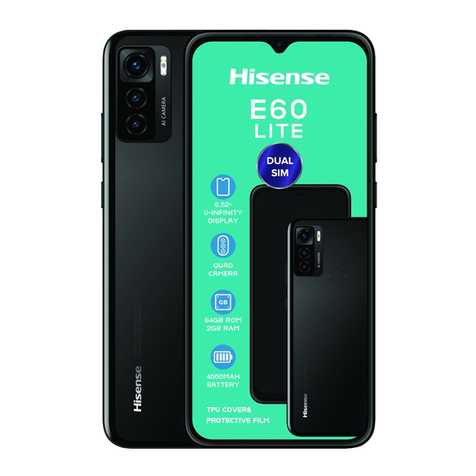
Hisense
Hisense E60 Lite User manual

Hisense
Hisense E20 User manual

Hisense
Hisense Infinity H50 User manual
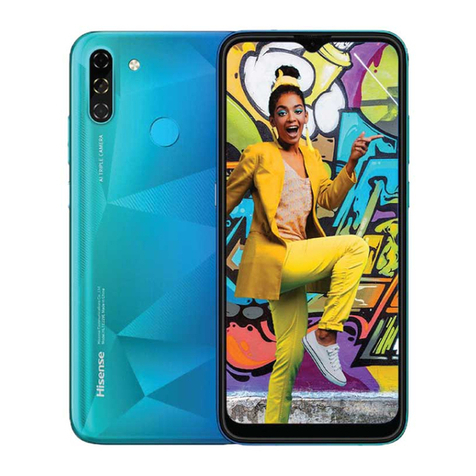
Hisense
Hisense E40 User manual
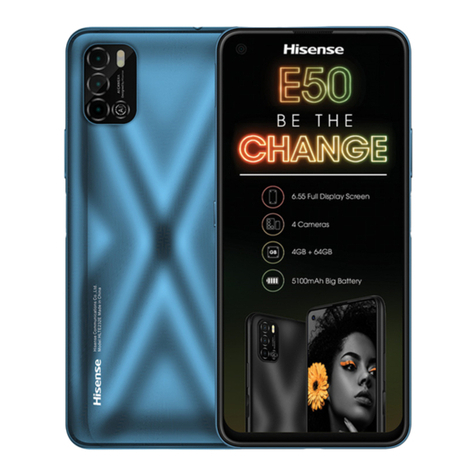
Hisense
Hisense HLTE232E User manual

Hisense
Hisense Rocks 6 User manual
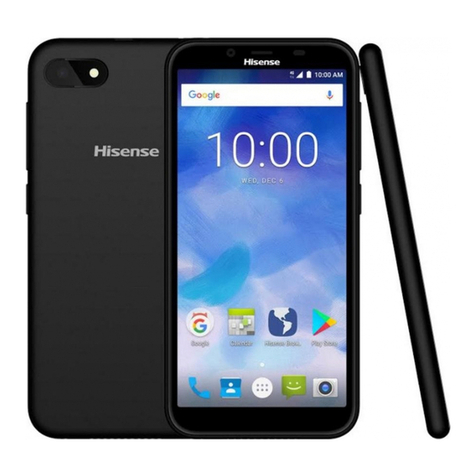
Hisense
Hisense F17 User manual
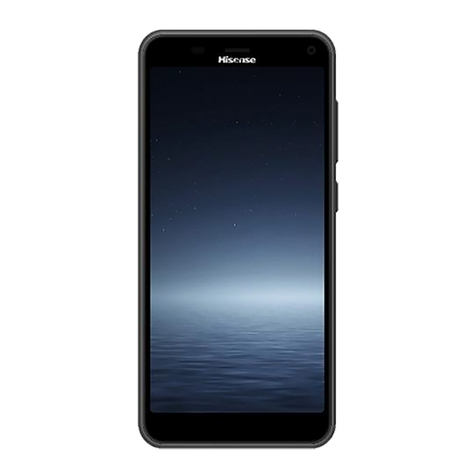
Hisense
Hisense U965 User manual
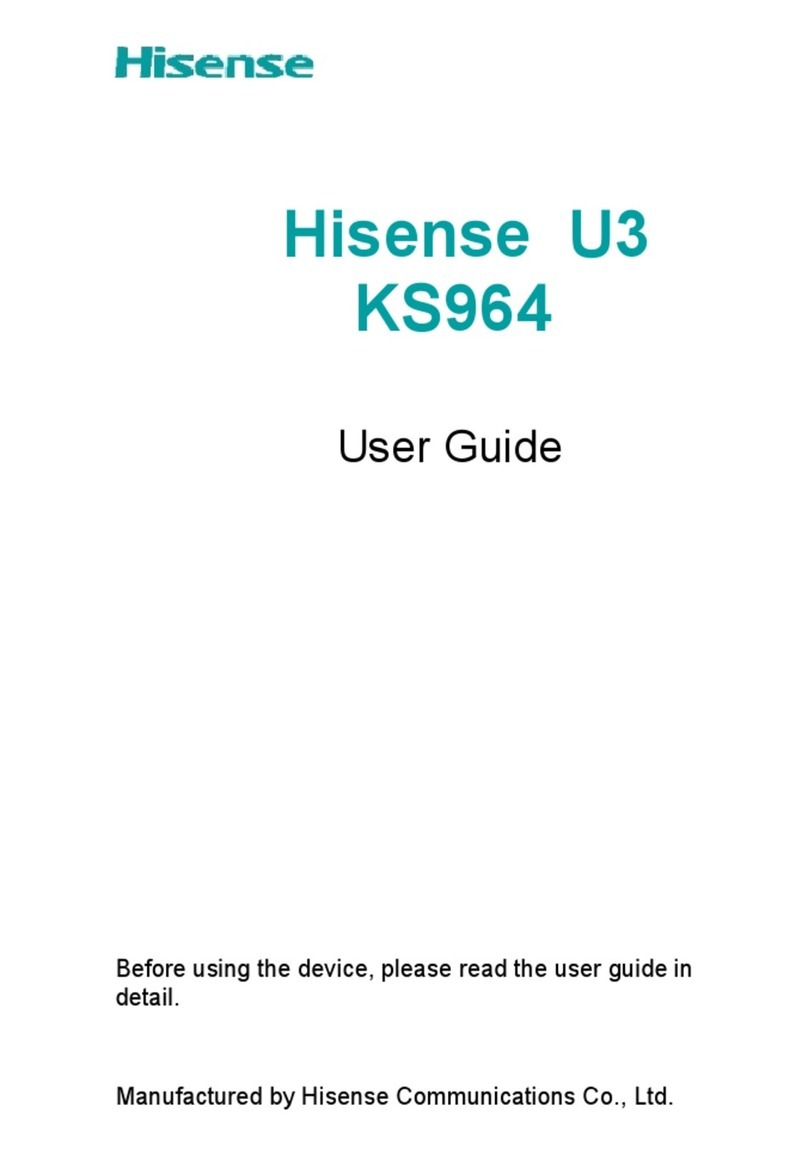
Hisense
Hisense U3 User manual
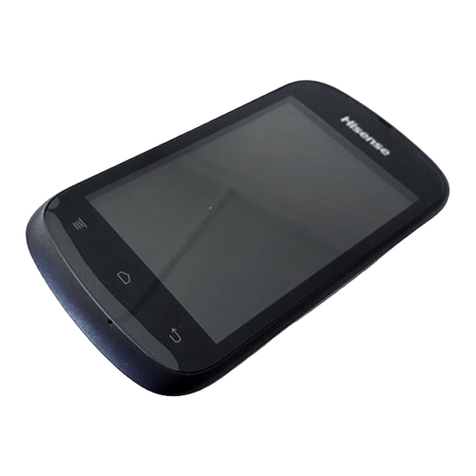
Hisense
Hisense HS-U820 User manual

Hisense
Hisense E60 Lite User manual
